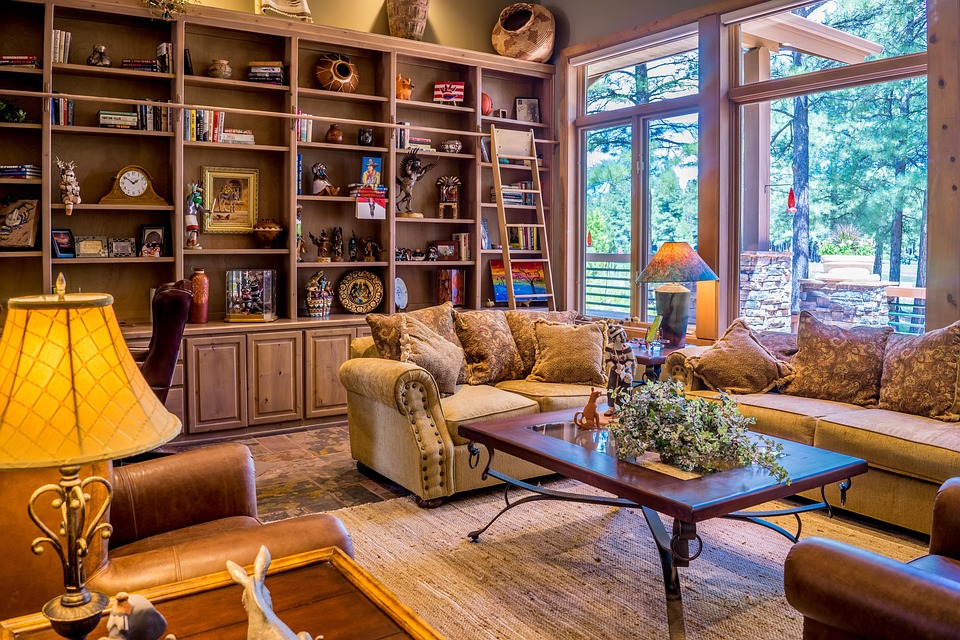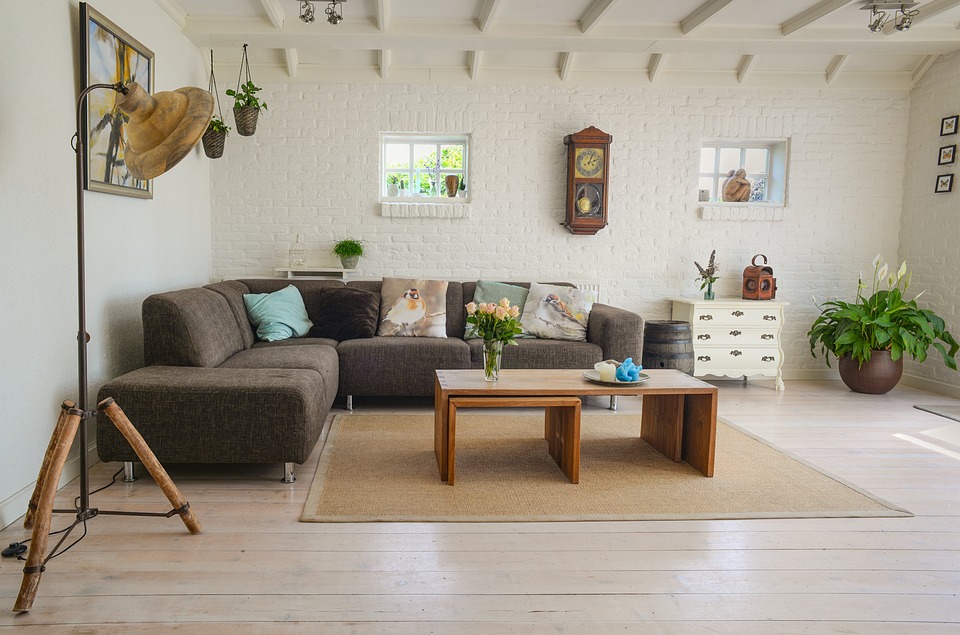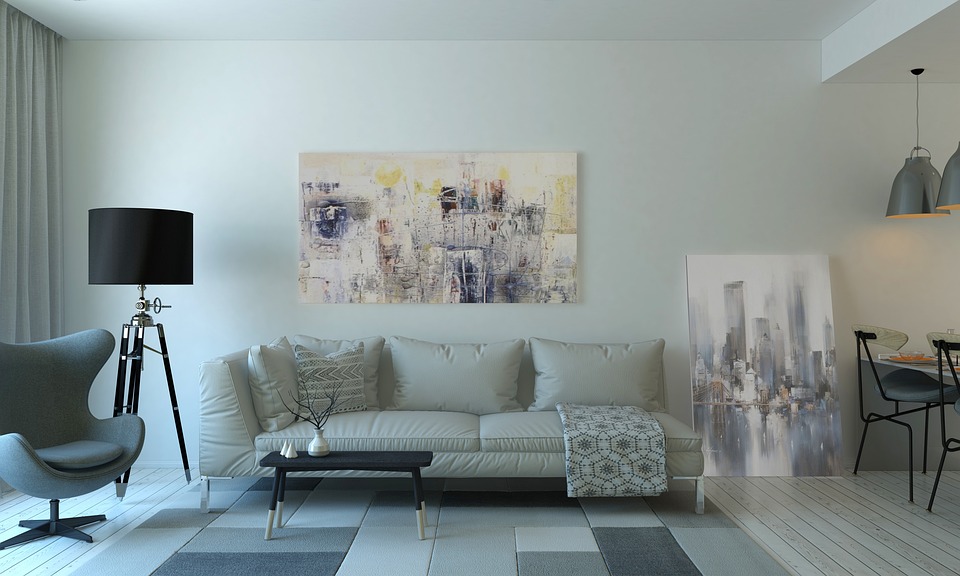The colours we surround ourselves with can greatly influence our moods, behaviour and overall well-being. This phenomenon, known as colour psychology, is essential when it comes to designing and decorating our living spaces. The right shades can create a welcoming atmosphere, boost your mood and even improve productivity. Let's dive into the basics of color psychology and explore how to choose the right shades for your home.
Understanding the psychology of colour
Colour psychology studies how colours affect human emotions and perception. While perceptions of color can be subjective and influenced by cultural factors, there are common associations that can help guide your choices.
-
Warm colours: These colors (like red, orange and yellow) are often associated with energy, warmth and enthusiasm. They can stimulate conversation and make a space more lively and inviting. Too many warm colors can be overwhelming, however, so it's best to use them as accent colors or in spaces where you want to encourage engagement, such as dining rooms or living rooms.
-
Great colours: Cool tones like blue, green and purple tend to evoke feelings of calm and relaxation. They are ideal for bedrooms and bathrooms, creating a calm and tranquil environment. Blue in particular is known for its calming effects, making it suitable for promoting restful sleep.
-
Neutral colours: Shades like beige, grey and tan are versatile and create a calming backdrop for any room. They can serve as a canvas for other colours and are great for creating a balanced space. Neutrals can help make a room feel more spacious and airy, so they are often used in small areas.
-
Accent Colors: These are pop colors used sparingly to add visual interest. Bright yellows, vibrant pinks or bold blacks can make a statement. Use them in accessories, artwork or feature walls to provide contrast and intrigue without overwhelming the senses.
Choosing the right shades for each room
When choosing colours for a particular room, consider the function of each space and the mood you want to create. Here are some suggestions based on popular rooms in the house:
Living room
- Optimal colours: Soft greys, muted greens or warm beiges.
- Why? These colours create a pleasant atmosphere ideal for relaxation and socialising. For added interest, you can incorporate brighter accent colors through pillows or artwork.
Kitchen
- Optimal colours: Crisp whites, soft blues or cheerful yellows.
- Why? These colours can brighten up a room and stimulate the appetite. They also promote cleanliness and freshness, essential for a kitchen environment.
Bedrooms
- Optimal colours: Soft blues, delicate greens or calm lavenders.
- Why? These shades help to create a calm environment that is conducive to rest and relaxation. Darker shades can add intimacy, while lighter colours create openness.
Bathroom
- Optimal colours: Cool greens, soft whites or spa blues.
- Why? These shades evoke purity and serenity, transforming your bathroom into a personal spa retreat.
Home office
- Optimal colours: Soft greens, blues or off-whites.
- Why? These colors can promote focus and productivity while maintaining the calming effect necessary for a creative work environment.
Tips for choosing colours
-
Try before you commit: Always sample paint colors in different lighting conditions. Light can drastically change the appearance of paint, so what looks good in the store may appear different in your home.
-
Consider the light: Natural light affects how colours are perceived. South-facing rooms receive warm sunlight, enhancing warm colors, while north-facing rooms are cooler and can benefit from warmer hues.
-
Incorporate your personality: Your home should reflect your style. While color psychology provides the foundation, trust your instincts and choose colors that resonate with you.
-
Create a flow: Use a cohesive colour palette to create visual harmony. You can play with different shades and tones of the same colour to keep a consistent theme while adding depth.
-
Think about your equipment: Your existing furniture and decor can guide your color choices. Consider how the new paint colors will complement or contrast with your current pieces.
Conclusion
Color psychology is a powerful tool in home design that can drastically affect your environment. By understanding the emotional impact of different hues, you can create a living space that not only looks good, but also feels good. Take the time to thoughtfully select colors for each room and feel free to experiment. After all, your home is a reflection of who you are and the atmosphere you want to cultivate. Happy decorating!
Interior
Source.


